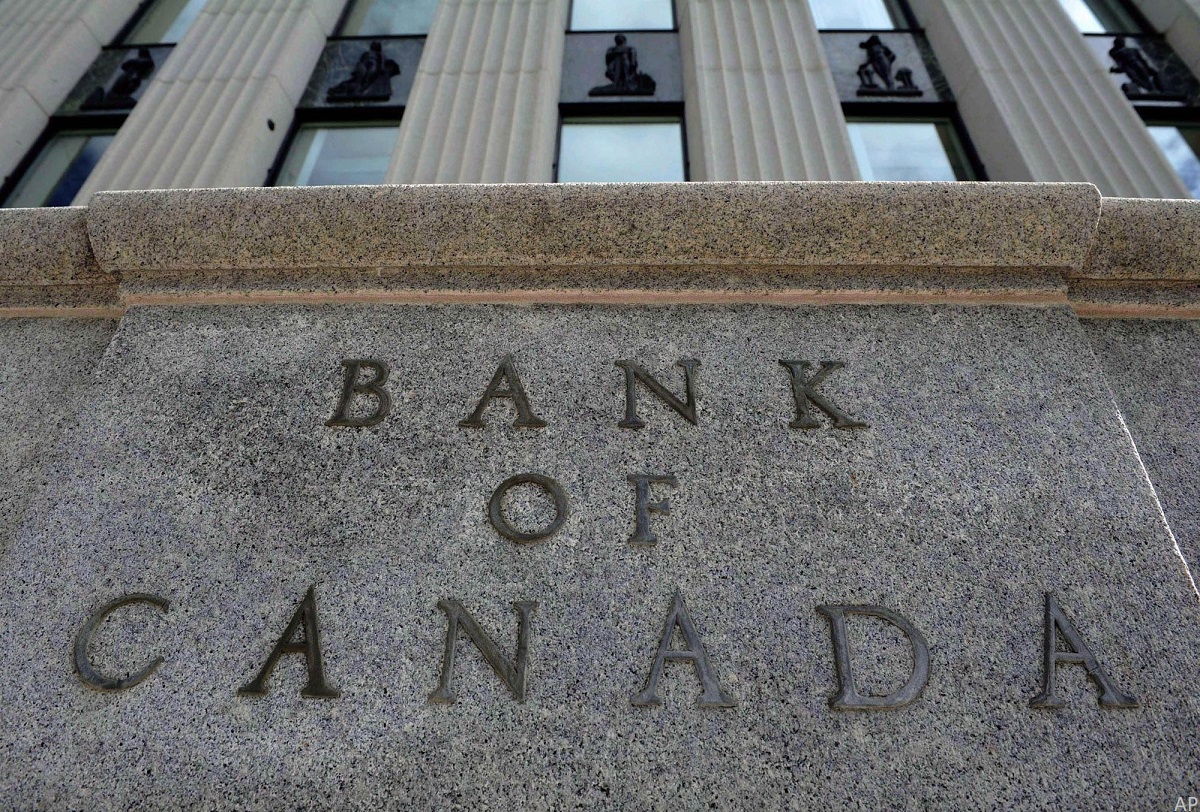
In its latest interest rate decision announcement on December 6, the Bank of Canada said that it is maintaining its target for the overnight rate of 5%, with the Bank Rate at 5.25% and the deposit rate at 5%. The Bank is continuing with its policy of quantitative tightening. This is the third consecutive pause.
“Governing Council is still concerned about risks to the outlook for inflation and remains prepared to raise the policy rate further if needed. Governing Council wants to see further and sustained easing in core inflation, and continues to focus on the balance between demand and supply in the economy, inflation expectations, wage growth, and corporate pricing behaviour. The Bank remains resolute in its commitment to restoring price stability for Canadians,” the Bank said.
“Higher interest rates are clearly restraining spending: consumption growth in the last two quarters was close to zero, and business investment has been volatile but essentially flat over the past year,” the Bank said in its press release.
Canadian and Global Economic Growth has Slowed
The Bank noted that in Canada, economic growth stalled through the middle quarters of 2023. Real GDP contracted at a rate of 1.1% in the third quarter, following growth of 1.4% in the second quarter.
In terms of where the growth or slowing is coming from, the Bank said that Canadian exports and inventory adjustment subtracted from GDP growth in the third quarter, while government spending and new home construction provided a boost.
“The labour market continues to ease, job creation has been slower than labour force growth, job vacancies have declined further, and the unemployment rate has risen modestly. Even so, wages are still rising by 4-5%. Overall, these data and indicators for the fourth quarter suggest the economy is no longer in excess demand,” the Bank said.
What Does the Rate Decision Mean for Canadian Investors?
"Though interest rates remain flat, we urge investors to continue to keep a laser-sharp focus on their long-term investment goals, and not short-term market volatility brought forth by interest rate hikes, commodity prices, or general news flow,” says Morningstar Canada’s director of investment research, Ian Tam.
Inflationary Pressure is Reducing
One area of positive news that the Bank pointed out is that the slowdown in the economy is reducing inflationary pressures in a broadening range of goods and services prices. “Combined with the drop in gasoline prices, this contributed to the easing of CPI inflation to 3.1% in October. However, shelter price inflation has picked up, reflecting faster growth in rent and other housing costs along with the continued contribution from elevated mortgage interest costs. In recent months, the Bank’s preferred measures of core inflation have been around 3.5% to 4%, with the October data coming in towards the lower end of this range,” it said.
Oil prices are about US$10-per-barrel lower than was assumed in the October Monetary Policy Report (MPR). Financial conditions have also eased, with long-term interest rates unwinding some of the sharp increases seen earlier in the autumn. The U.S. dollar has weakened against most currencies, including Canada’s.
Morningstar expects inflation to fall dramatically over the next year.
“Understanding why inflation will fall requires understanding why inflation became so bad in the first place. Over 2021 and 2022, strong consumer demand ran into a brick wall of supply constraints, causing prices to explode in many industries, especially food, energy, and durable goods. But demand is cooling off, thanks greatly to the Federal Reserve’s interest-rate hikes. Just as importantly, supply constraints are disappearing. With the main causes of high inflation now running in reverse gear, the U.S. economy is set to receive a large deflationary impulse,” said Morningstar’s Senior U.S. Economist Preston Caldwell. He expects inflation to fall to 3.7% in 2023. Over 2024 to 2027, we expect inflation to average just 1.8%—below the Fed’s 2.0% target.
What Should Canadian Investors Do?
Looking to act on today’s announcement? “If anything, the thing to do right now is to ensure that your mix between stocks and bonds is appropriate to the amount of risk that you can take on,” Tam says, “With this in mind, those with a very short time horizon (closer to retirement) might actually be advantaged by doing so, given that rates are higher than they have been for a long time and trimming up your bond position means that you're likely buying bonds with higher yields than available just a year ago."







:quality(80)/cloudfront-us-east-1.images.arcpublishing.com/morningstar/WWTKCVK2BBHOFOOXGMVN7ODREE.jpg)

.jpg)










